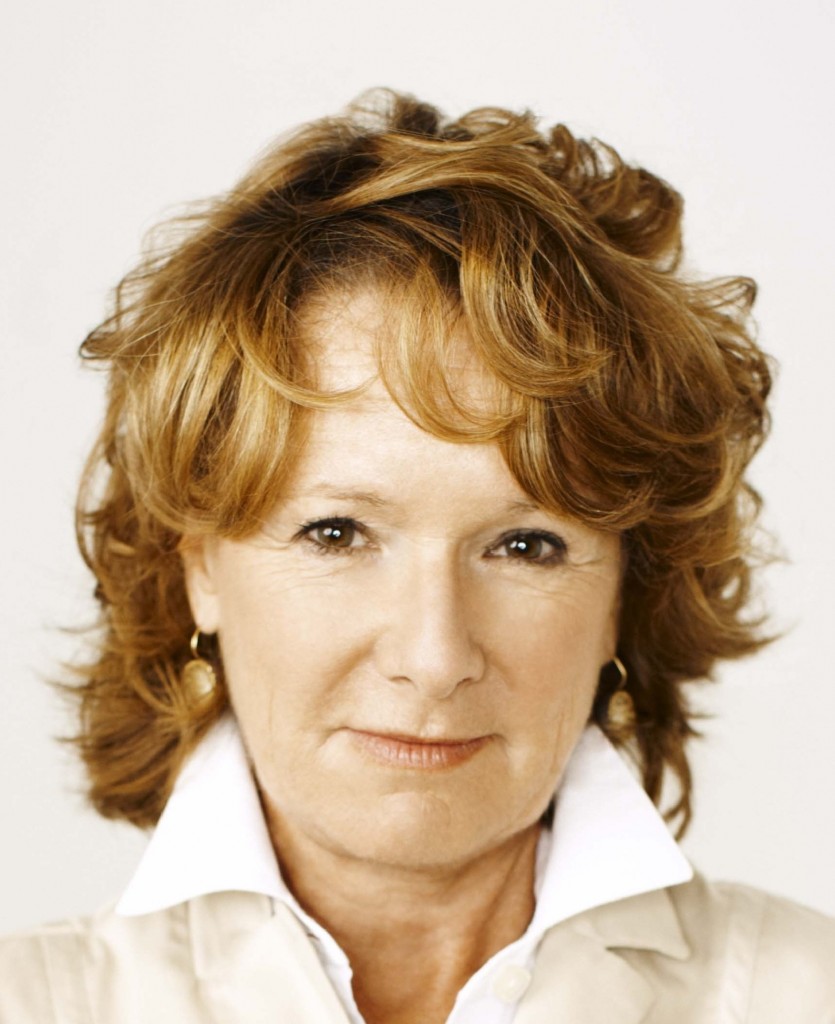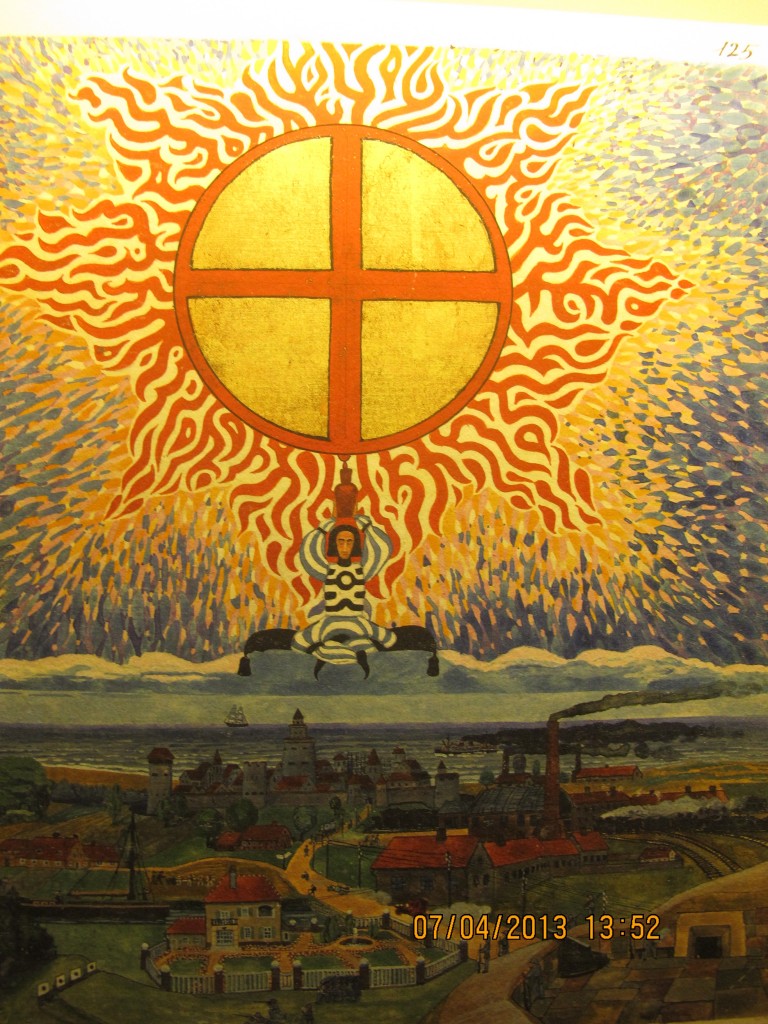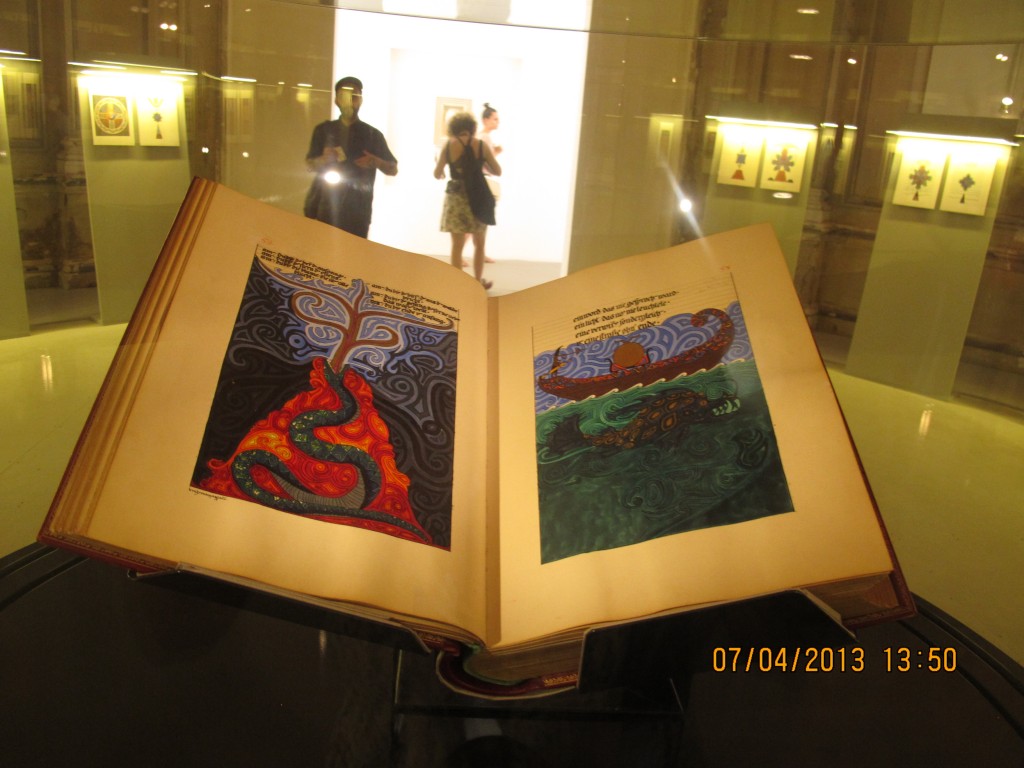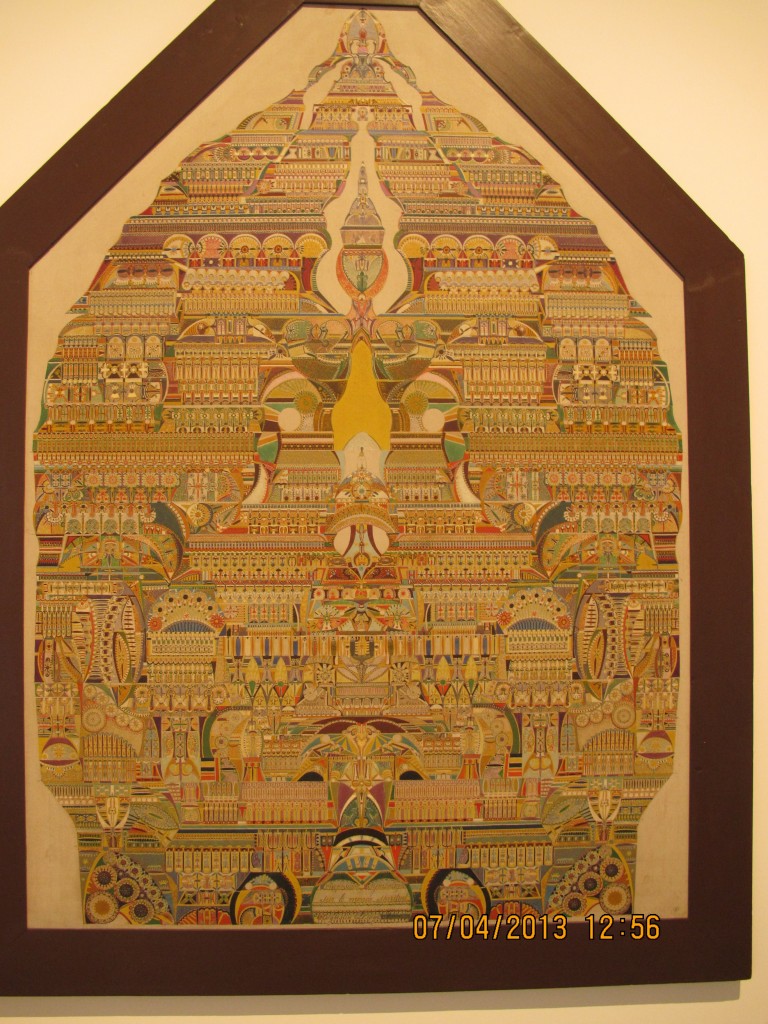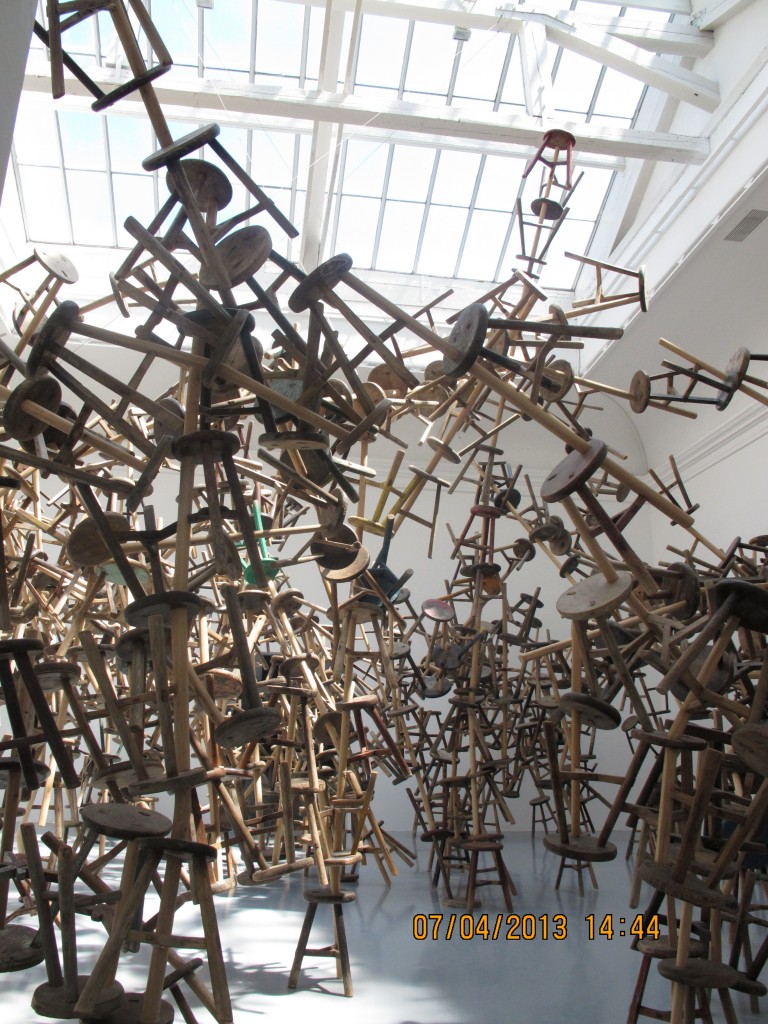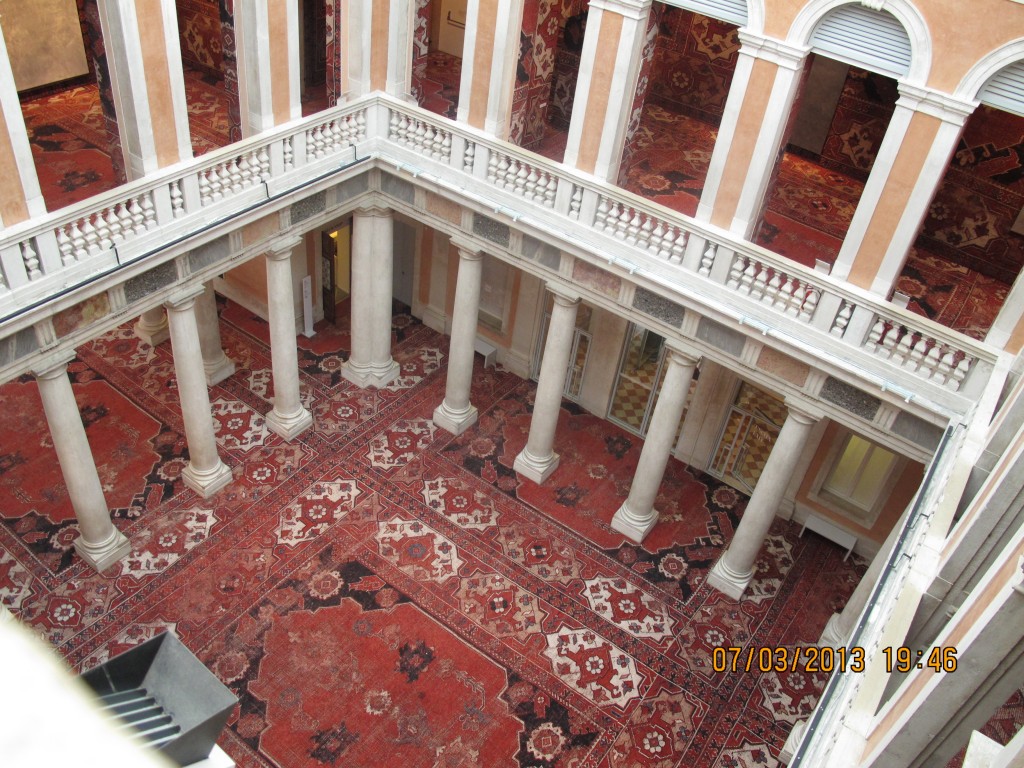What does it take to turn a sleepy museum in Westwood Village into the talk of the town? The answer is – “a new visionary”. In 1999, that visionary woman was Ann Philbin. She left her ten-year position as the director of New York’s Drawing Center to come to Los Angeles with a passion and purpose to reveal one of the city’s greatest hidden gems.
Philbin was eager to transform the museum’s image and attract a new generation of art lovers and did so by developing programming to accommodate the interests of the urban art scene. She founded the museum’s Hammer Contemporary Collection as well as the Hammer Projects Series, which focuses on emerging artists.
During one of my conversations with her, Philbin beamed with pride as she talked about Los Angeles’s vibrant artistic community. Many people may not know this, but Los Angles has become the mecca for emerging artists, more so than New York or Berlin. Capitalizing on the strength of Los Angeles’s artistic community, she envisioned a bold and ambitious enterprise.
Last year The Hammer Museum joined forces with nonprofit gallery LAX ART and the Department of Cultural Affairs to hold the first ever Los Angeles Biennial called Made in LA. Unlike the well-known Whitney Biennial, Made in LA had a regional focus: about 60 artists, some marquee and many emerging or lesser-known artists, were participating in this enterprise.
Made in LA was an overwhelming success: local artists had a prestigious platform to showcase their work, and the community was abuzz with the influx of the new artistic energy put on display.
Today the Hammer features contemporary artists, holds short film festivals, readings, lectures and debates six days a week. It’s safe to say Ann Philbin’s vision for turning the space into a cultural hub and gathering place for artists, students, and enthusiasts has been realized.
We look forward to having her participate on “Women in the Arts” Panel in our summit on November 7th.

